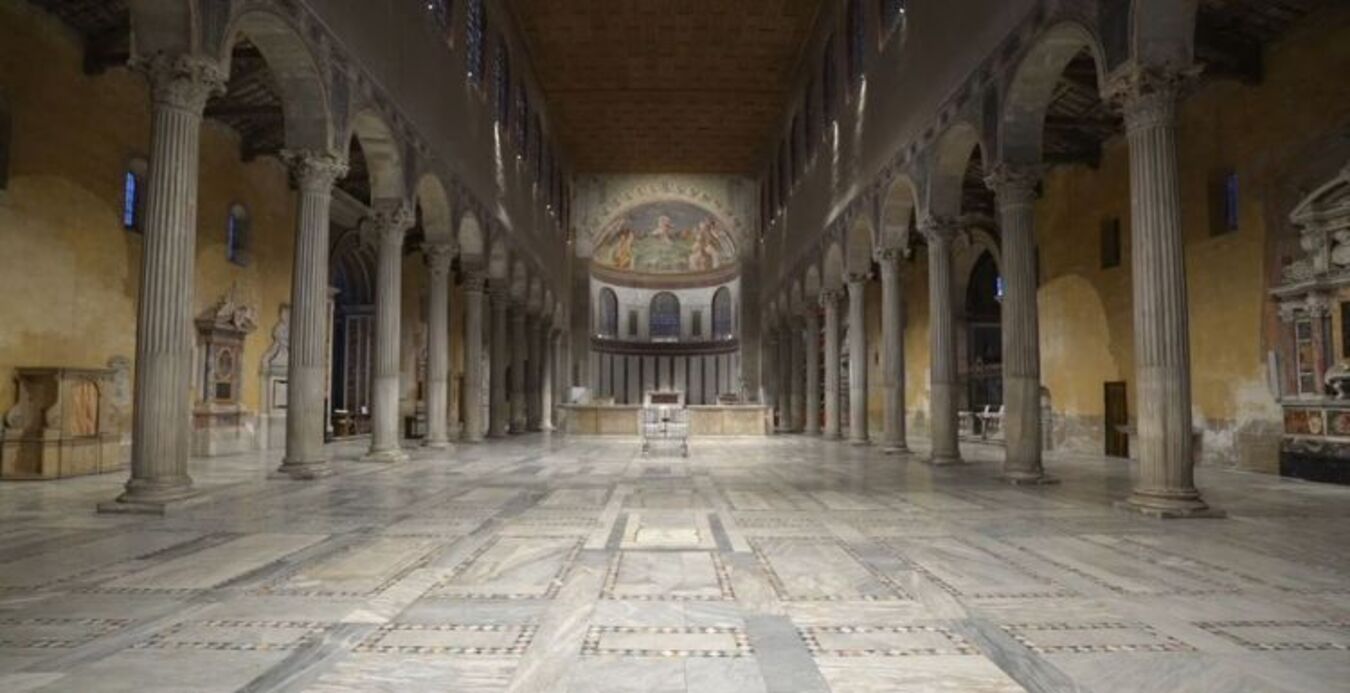New lighting in St. Sabina on the Avent increases the architecture of the basilica, improves the enjoyment of the monument and the guarantee of energy efficiency. The intervention funded by the FEC and carried out with advanced technologies restores the splendor of one of the masterpieces of early Christianity.
Santa Sabina on the Avent Hill in Rome Has new lighting. The recent lighting intervention has restored the early Christian basilica in its beauty and improved its architecture and decorative details. The operation improved the structure with more effective and discrete lighting and eliminated the old bulky and outdated headlights. The project was financed by the Fund for cult buildings (FEC)Ownership of the Church, and is part of the protection initiatives that are under the direction of the special superintendance of Rome under the direction Daniela Porro.
FEC director prefect Alessandro TortorellaTogether with the deputy prefect Antonio Tedeschi: “thanked the superintendent and all those who carry out an important intervention in various skills and can ensure the common institutional strategy and agreement with the church authority in order to ensure the preservation and over the general value and to strengthen the intensification of the assets. 40th anniversary of the “foundation of the FEC after determining the new Concordat from 1984”
“The lighting of Santa Sabina is not just a duly act of one of the oldest churches in Rome,” says Daniela Porro, a special superintendent of Rome, “but our happy cooperation with the Fondifici di Culto (FEC), to remember the churches of capital both as sacred and as sacred and to remember places, and as places of culture.”
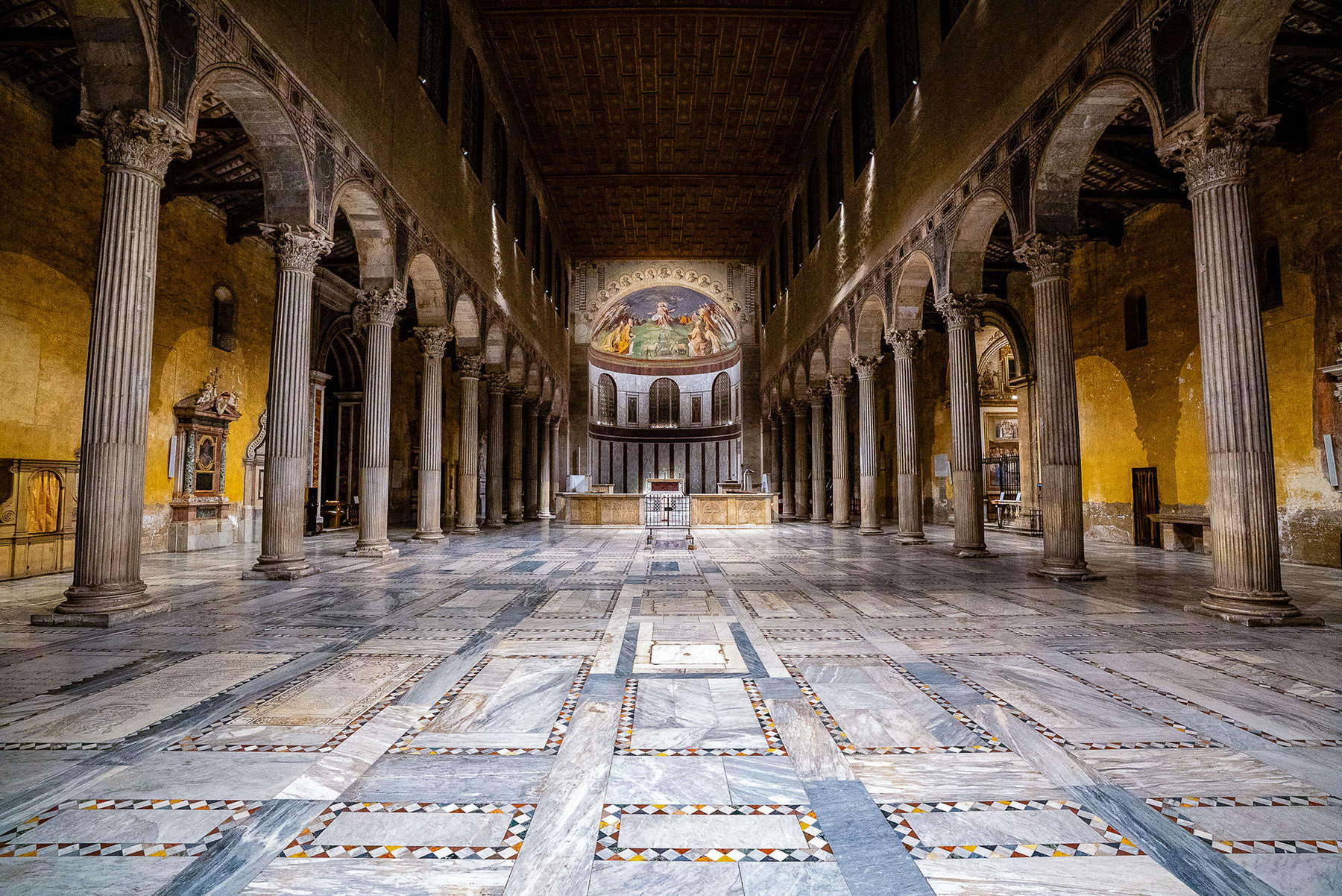
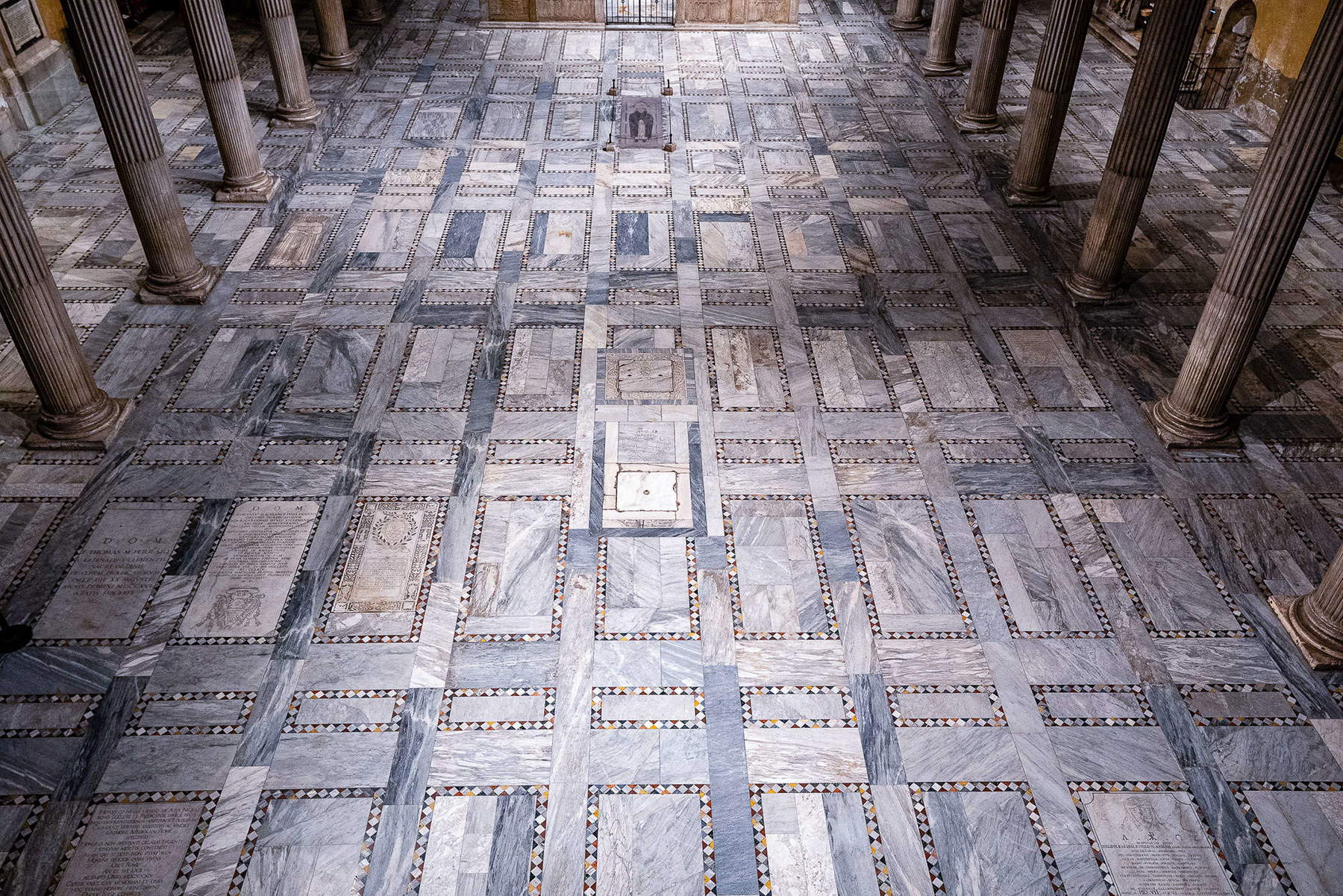
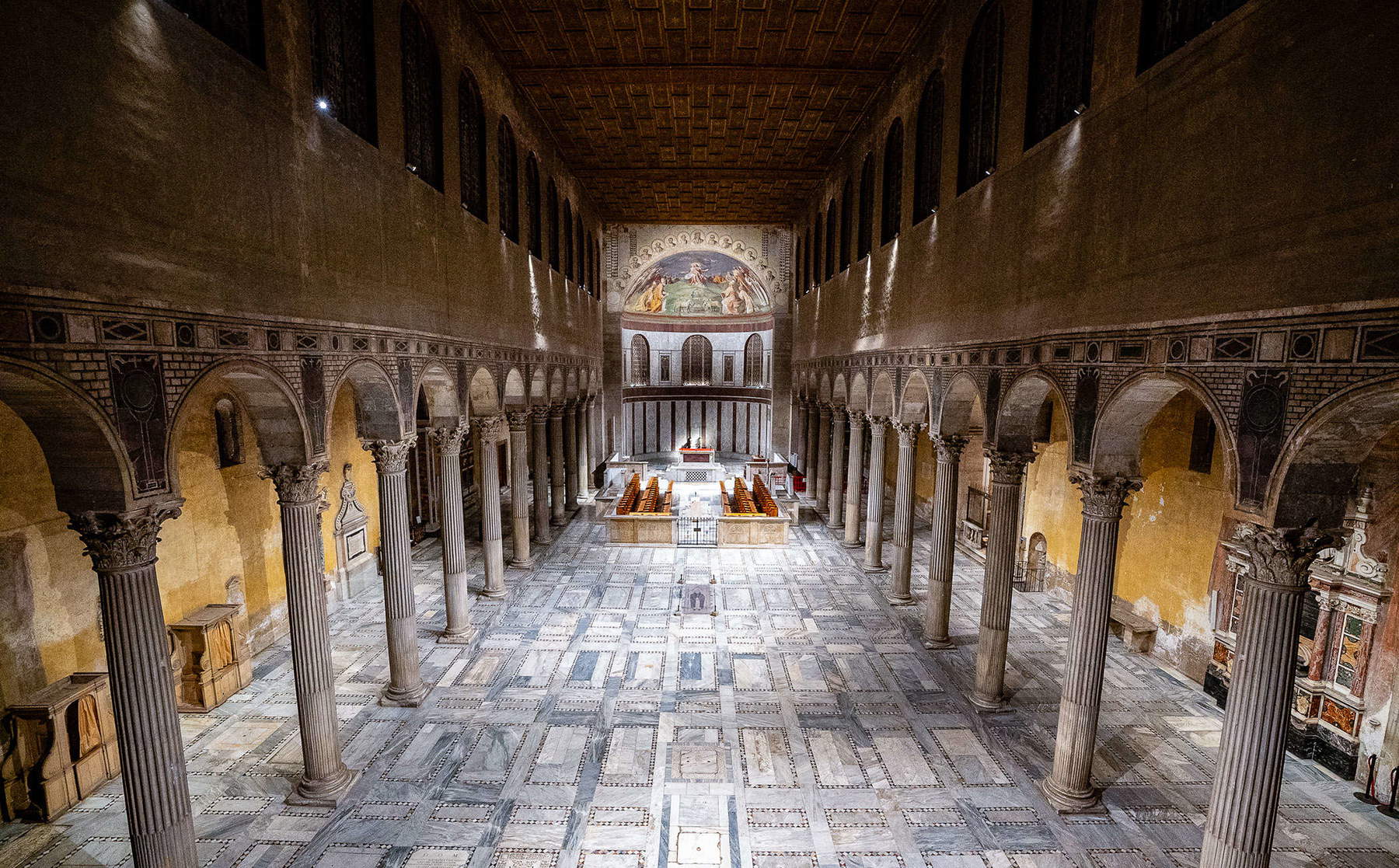
The intervention was entrusted to the Ekotech Engineering company and carried out by the ZP Elettronica company under the supervision of the architect Ilaria Delser, who is responsible for the protection of the monument. The new lighting system was developed to perfectly integrate the structure of the basilica and to consider their aesthetics and history. To ensure homogeneous and natural lighting, the designers placed small side projectors along the window thresholds. This solution in combination with striped lights that are located centrally on the practices enables the nave to improve the upper transepts with a diffuse light. Particular attention is also paid to the side aisles, which are illuminated by small headlights with wide appearance. This choice enables the wooden structures and the Bichromatic pianellato of the Naves to emphasize evenly, which represent one of the architectural peculiarities of the basilica. The side chapels, which are dedicated to St. Catherine and St. Hyacinth, also benefit from new lighting to improve the most valuable decorative elements with a soft, enveloping light. The project not only provided uniform and well -distributed lighting, but also included lighting accents on some points of certain historical and artistic importance. The choir, the apse and the mosaic of the counter facade are now being created with greater clarity, as is the bell tower of the left gang. Particular attention was paid to the wooden door of the 5th century in the Narthex, which preserves one of the oldest representations of the crucifixion.
Technological innovation was one of the most important points in the project. The intervention focused on a highly efficient LED lighting system, which reduces energy consumption and the sustainability of the entire facility is improved. The new lights that are small and have warm light tones were designed in such a way that they minimize their visual effect and harmoniously combine the architecture of the basilica. The system is also equipped with advanced home automation technology, with which the lighting can be modulated according to different requirements. Thanks to this solution, it is possible to create differentiated lighting scenarios for religious services or tourist visits to ensure a visual experience that is always appropriate for the context. The intervention was not limited to lighting. As part of the project, all electrical components were also replaced to ensure that the system corresponds to the standard. Emergency lighting was also installed in the lights themselves, which improved the safety of the rooms. By completing the technological revision, repeating the audio and video surveillance system, essential elements for the administration and the protection of the website is.
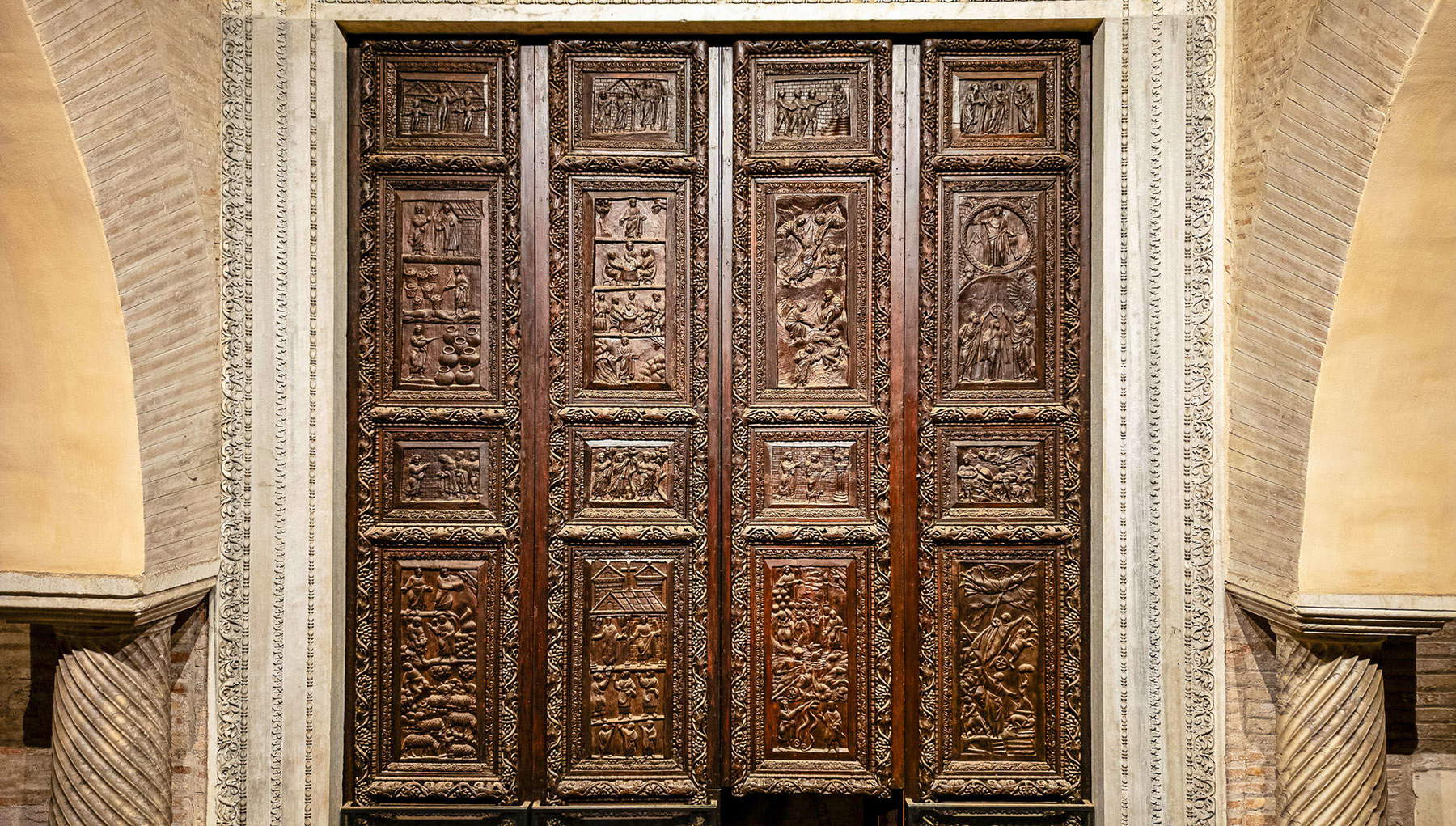
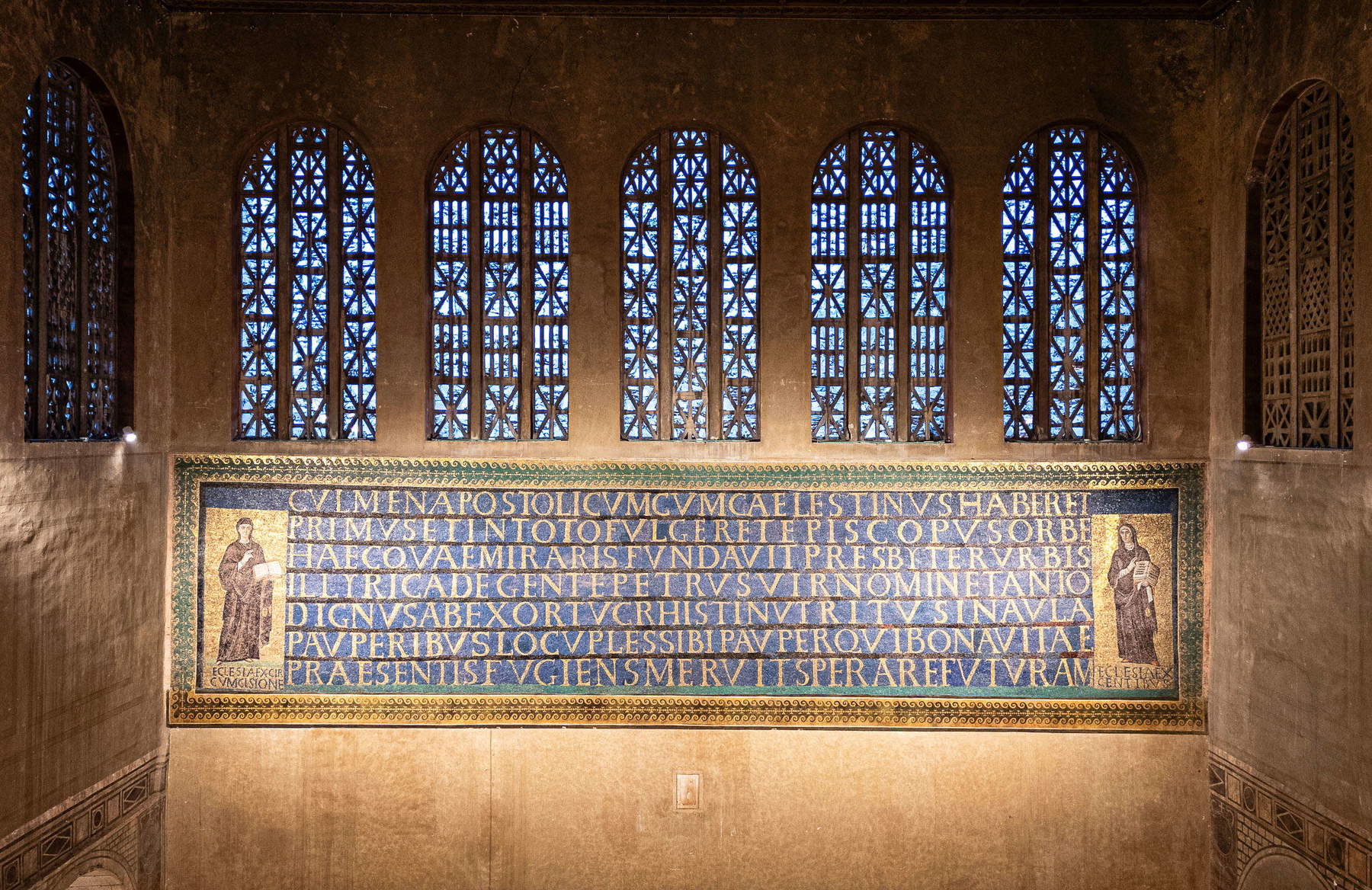
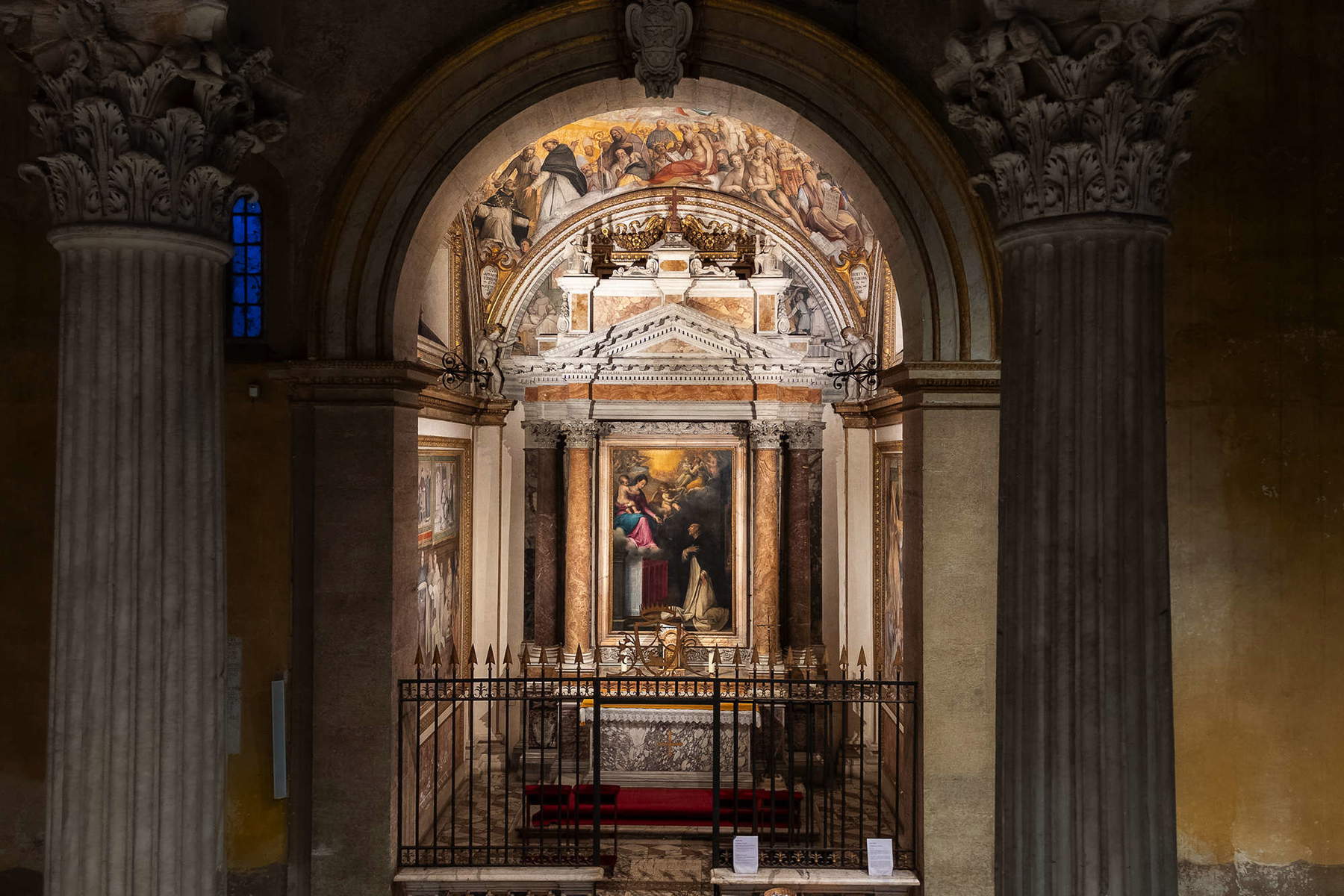
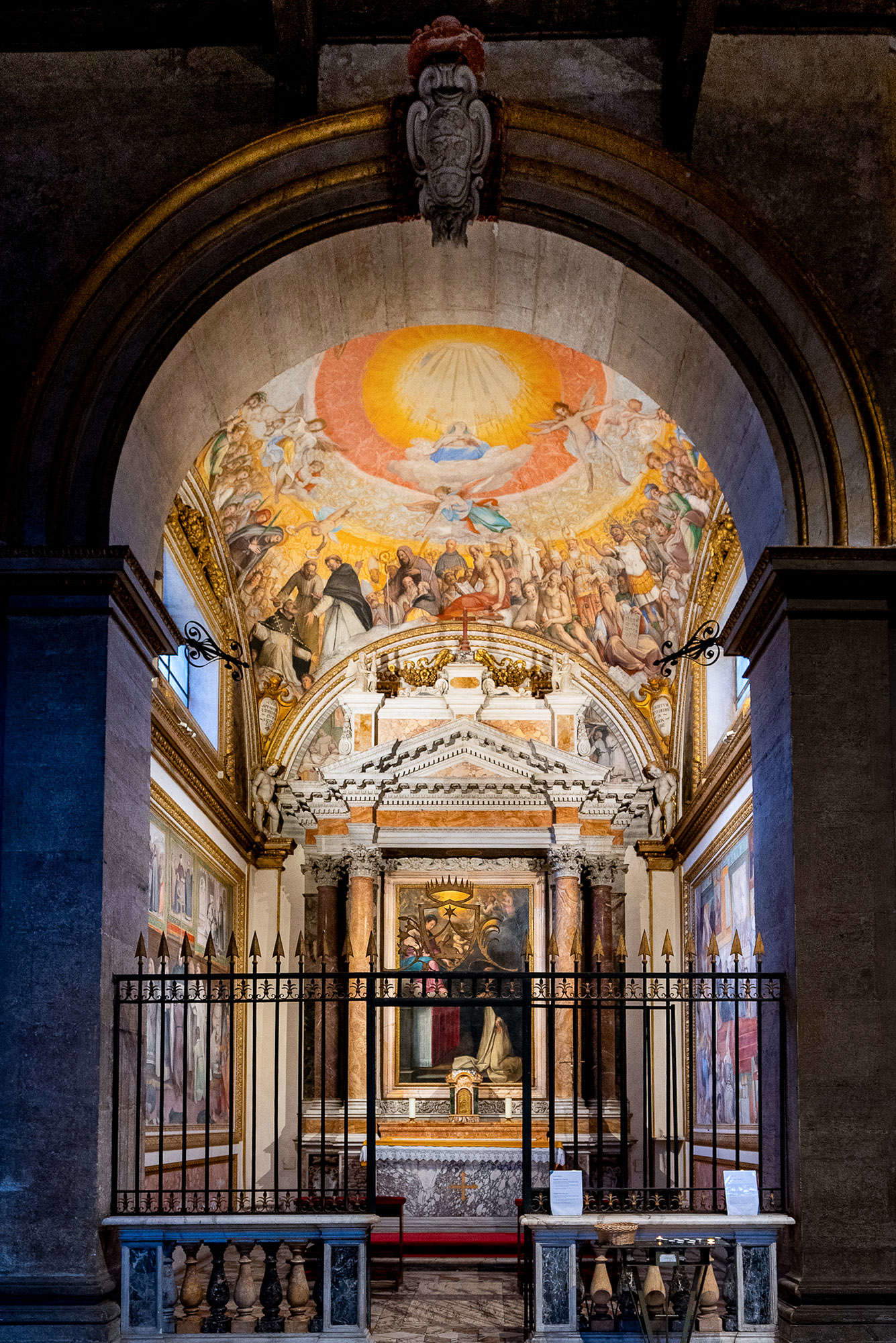
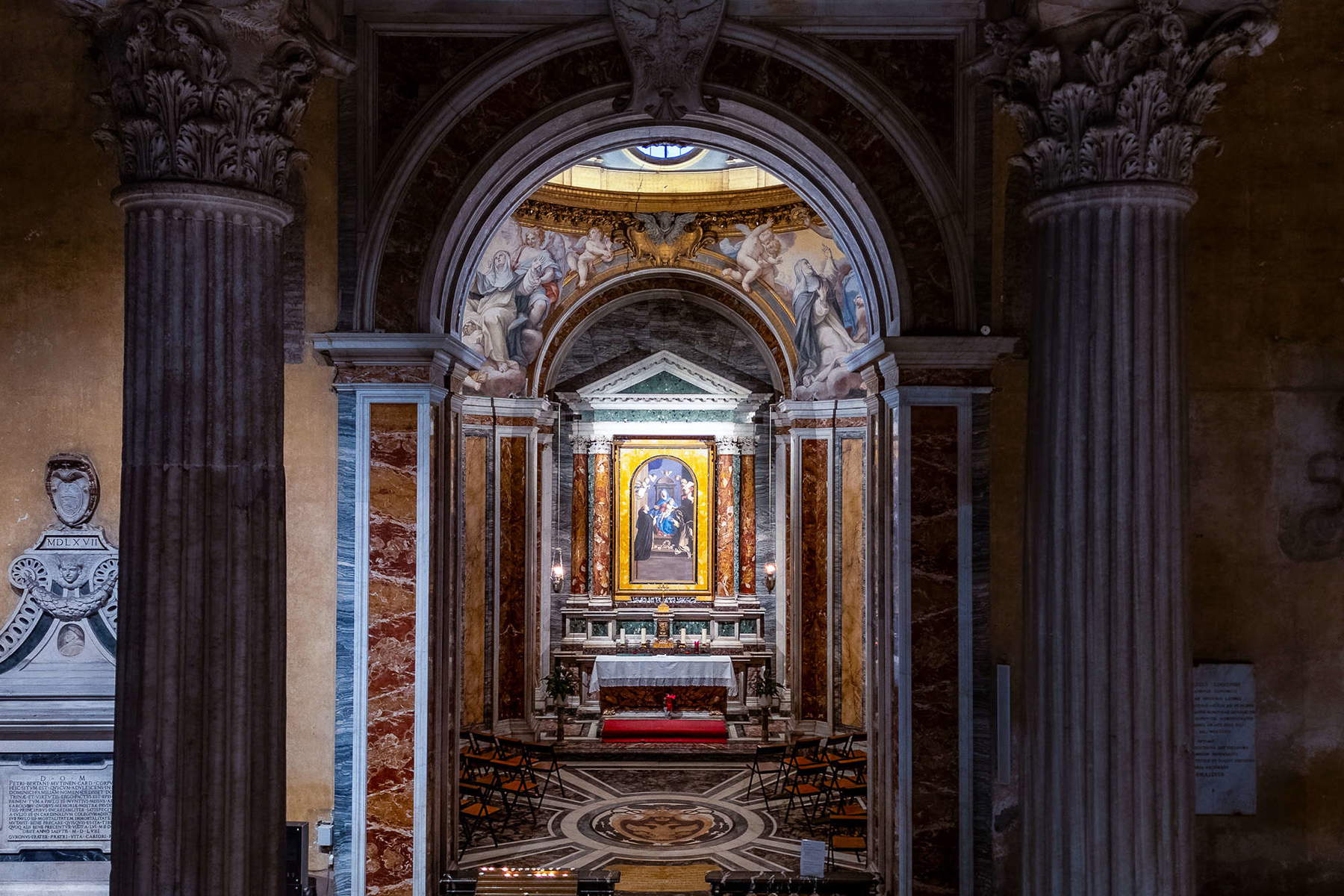
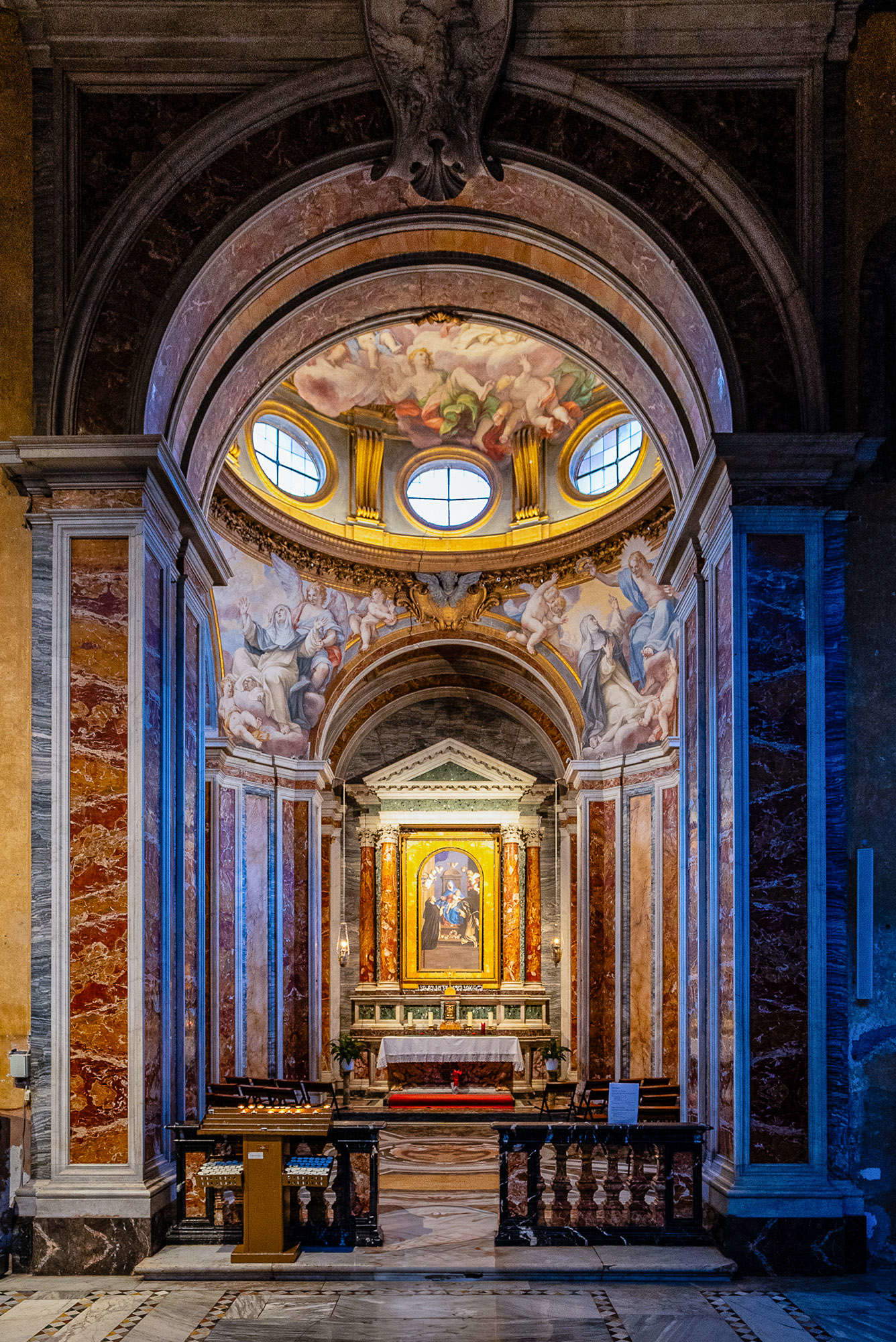
The story of Santa Sabina All'aventino
The basilica of Santa Sabina All'aventino is one of the oldest churches in Rome and among the early Christian buildings one of the best preserved, despite the numerous interventions that it has been subjected to over the centuries, including restorations, changes and renovations. It was founded in 425 during Celestin I's pontificate, as is still the case by the dedication lettering visible in the mosaic of the Counter-Façade, one of the rare certificates of the original decoration. According to tradition, the basilica is said to have risen over the Titulus Sabinæ, which is located in the residence of the Matronon Sabina. Old sources also mention the existence of a baptistery.
Between the end of the 8th century and the beginning of the 9th, among the pontificates of Leo III and Eugenius II, large restoration work was carried out. In the 10th century, the church was included in the Crescenzi fortress, while it became part of the Savelli family in the 13th part of the Fortress. In 1219, a member of this line confidored under the name Honorius III. Pope, the Basilica Dominic of Guzmán and the Order of the preachers of the brothers, who still take care of his office today and accommodate their general curia in the adjacent convent. The construction of the bell tower also comes until the 13th century.
In 1587, Domenico Fontana transformed the interior of the church radical during the Sixtus V pontificate, an intervention, followed by further modifications in 1643 by Francesco Borromini. However, the current appearance of the building is due to the restorations carried out by Antonio Muñoz, which tried to bring the basilica back into its original form in two phases (1914-1919 and 1936-1937), which rejected most baroque interventions, with the exception of two secondary bands that are dedicated to St. Hyacinth and St. Catherine. Thanks to these works, the interior probably achieved the austerity measures and solemnity of the three -state structure, which was interrupted by 24 old pillars of the Perusals, probably from a nearby late imperial monument.
The main door from the fifth century, the time of the building of the church, is the oldest known example of the early Christian wood sculpture. Of the 28 panels that originally composed, there are 18 left today, with scenes from old and new wills in a way that emphasize the connection between the mosaic and Christian law. Originally, the interior of the basilica was probably richly decorated with mosaics, of which only those on the counter and an opus -style motif between the arches are still left today. The floor is scattered with numerous grave slabs.
Near the choir is the Schola Cantorum, which was rebuilt in 1936 on the basis of the original structure from the 9th century, the fragments of the original housing, which was discovered in the late 19th century by Ferdinando Mazzanti and used to be reused as steps in the Sixtine Chancelle. The APSIDALBOKEN preserves Taddeo Zuccari an impressive fresco from the 16th century, under which the traces of the primitive mosaic decoration were found. The triumphal sheet, on the other hand, was painted by Eugenio Cistera in 1919, based on a representation of Giovanni Giustino Ciampini from the 17th century, which reproduced the original mosaic destroyed in the 18th century. Remarkable paintings are the “fame of the sacred hyacinth” by Federico Zuccari, the brother of Taddeo, and the “Vision of Saint Hyacinth” by Lavinia Fontana, one of the first Italian artists, painting holy themes, together with figures such as Artemisia Genttileschi and Feed Ganzia.
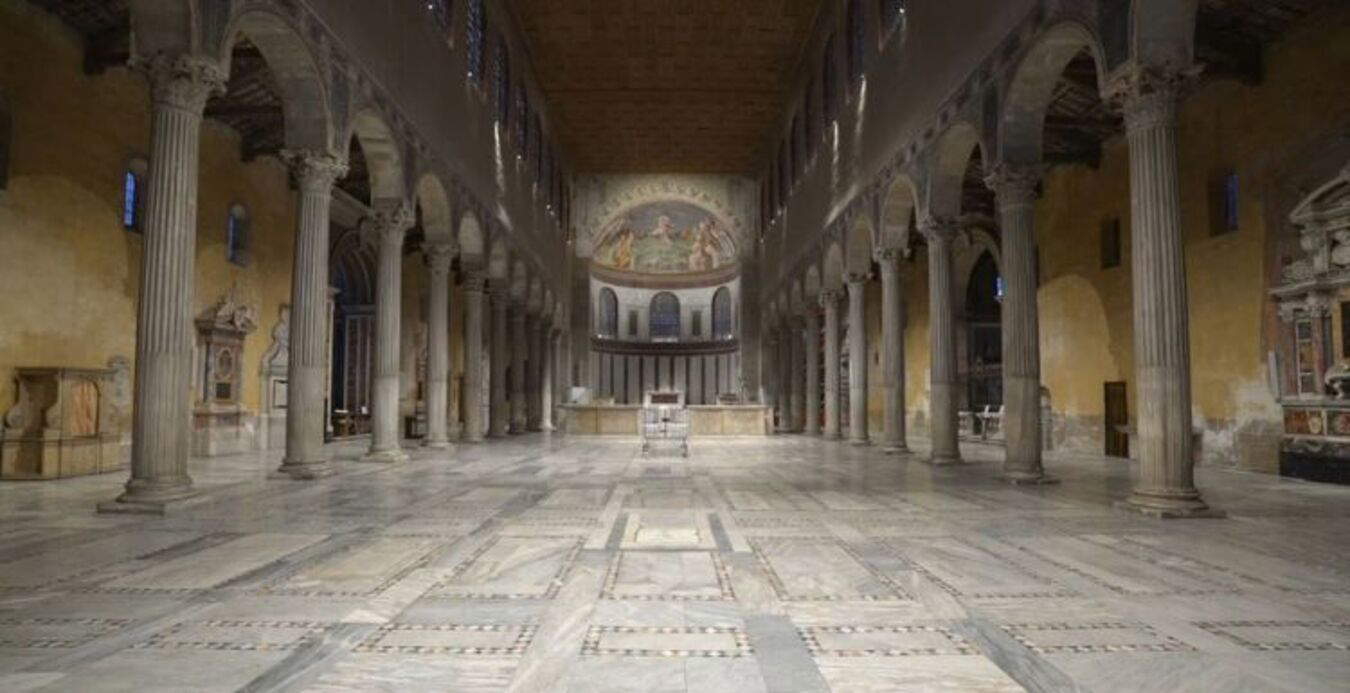 |
| A new light for the early Christian basilica of Santa Sabina on Aventine Hill |
Warning: The translation into the English of the original Italian article was created with automatic tools. We undertake to check all articles, but we do not guarantee the entire lack of inaccuracies in the translation based on the program. You can find the original by clicking on the ITA button. If you find a mistake, please contact us.
